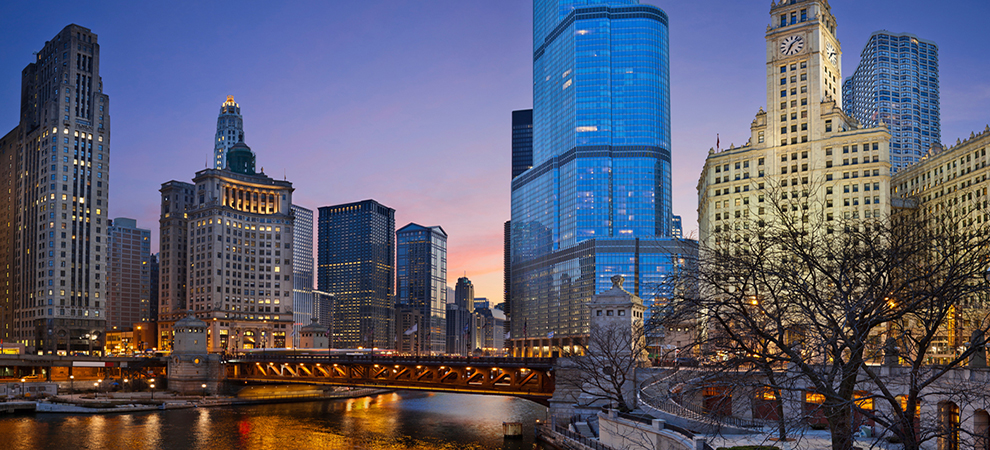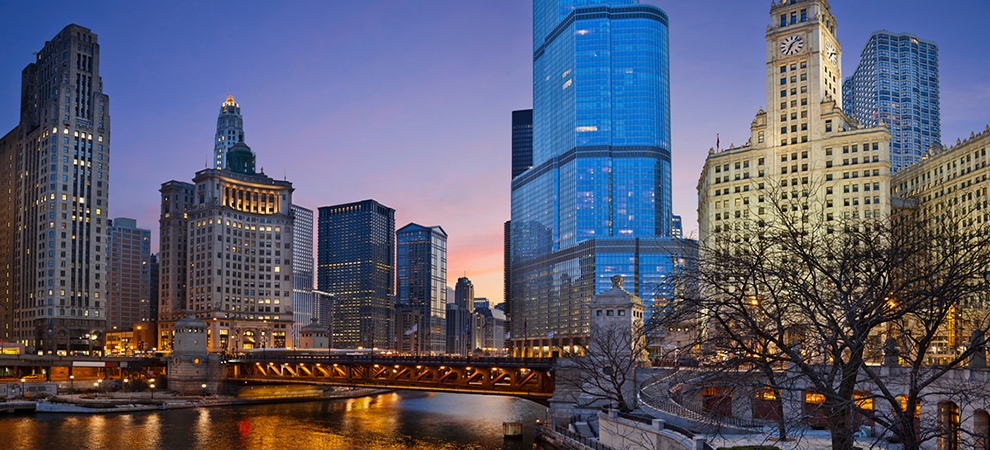
According to the latest quarterly report by the National Association of Realtors, the headstrong supply and demand imbalances in much of the United States slightly tempered the pace of sales and caused home prices to maintain their robust growth in the second quarter of 2017.
The national median existing single-family home price in the second quarter was $255,600, which is up 6.2 percent from the second quarter of 2016 ($240,700) and surpasses the third quarter of last year ($241,300) as the new peak quarterly median sales price. The median price during the first quarter increased 6.9 percent from the first quarter of 2016.
Single-family home prices last quarter increased in 87 percent of measured markets, with 154 out of 178 metropolitan statistical areas (MSAs) showing sales price gains in the second quarter compared with the second quarter of 2016. Twenty-three areas (13 percent) recorded lower median prices from a year earlier.

Lawrence Yun, NAR chief economist, says home prices in most metro areas continued their fast ascent in the second quarter because supply remained at pitiful levels. "The 2.2 million net new jobs created over the past year generated significant interest in purchasing a home in what was an extremely competitive spring buying season," he said. "Listings typically flew off the market in under a month - and even quicker in the affordable price range - in several parts of the country. With new supply not even coming close to keeping pace, price appreciation remained swift in most markets."
Added Yun, "The glaring need for more new home construction is creating an affordability crisis that needs to be addressed by policy officials and local governments. An increasing share of would-be buyers are being priced out of the market and are unable to experience the wealth building benefits of homeownership."
Twenty-three metro areas in the second quarter (13 percent) experienced double-digit increases, down from 30 areas in the first quarter (17 percent). Overall, there were slightly more rising markets in the second quarter compared to the first quarter, when price gains were recorded in 85 percent of metro areas.
Total existing-home sales, including single family and condos, slipped 0.9 percent to a seasonally adjusted annual rate of 5.57 million in the second quarter from 5.62 million in the first quarter, but are still 1.6 percent higher than the 5.48 million pace during the second quarter of 2016.
At the end of the second quarter, there were 1.96 million existing homes available for sale, which was 7.1 percent below the 2.11 million homes for sale at the end of the second quarter in 2016. The average supply during the second quarter was 4.2 months - down from 4.6 months in the second quarter of last year.
Last quarter, a rise in the national family median income ($71,529) was not enough to offset weaker affordability from the combination of higher mortgage rates compared to a year ago and rising home prices. To purchase a single-family home at the national median price, a buyer making a 5 percent down payment would need an income of $56,169, a 10 percent down payment would require an income of $53,213, and $47,300 would be needed for a 20 percent down payment.
"Mortgage rates have subsided in recent months, which has only somewhat helped take away some of the sting prospective buyers are experiencing with the deteriorating affordability conditions in many areas," added Yun. "Household incomes may be rising and giving consumers assurance that now is a good time to buy, but these severe inventory shortages will likely continue to be a drag on sales potential the second half of the year."
The five most expensive housing markets in the second quarter were the San Jose, California, metro area, where the median existing single-family price was $1,183,400; San Francisco, $950,000; Anaheim-Santa Ana, California, $788,000; urban Honolulu, $760,600; and San Diego, $605,000.
The five lowest-cost metro areas in the second quarter were Youngstown-Warren-Boardman, Ohio, $87,000; Cumberland, Maryland, $98,200; Decatur, Illinois, $107,400; Binghamton, New York, $109,000; and Elmira, New York, $111,600.
Metro area condominium and cooperative prices - covering changes in 61 metro areas - showed the national median existing-condo price was $239,500 in the second quarter, up 5.4 percent from the second quarter of 2016 ($227,200). Eighty-seven percent of metro areas showed gains in their median condo price from a year ago.
Regional Breakdown
Total existing-home sales in the Northeast rose 1.3 percent in the second quarter and are 0.4 percent above the second quarter of 2016. The median existing single-family home price in the Northeast was $282,300 in the second quarter, up 3.2 percent from a year ago.
In the Midwest, existing-home sales increased 4.2 percent in the second quarter but are 0.5 percent below a year ago. The median existing single-family home price in the Midwest increased 6.6 percent to $204,000 in the second quarter from the same quarter a year ago.
Existing-home sales in the South dipped 3.0 percent in the second quarter but are 2.5 percent higher than the second quarter of 2016. The median existing single-family home price in the South was $229,400 in the second quarter, 6.7 percent above a year earlier.
In the West, existing-home sales decreased 3.7 percent in the second quarter but are 3.1 percent above a year ago. The median existing single-family home price in the West increased 7.5 percent to $372,400 in the second quarter from the second quarter of 2016.
Partner Source : https://shar.es/1Ssrhx
World Propert Journal


